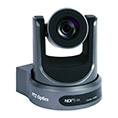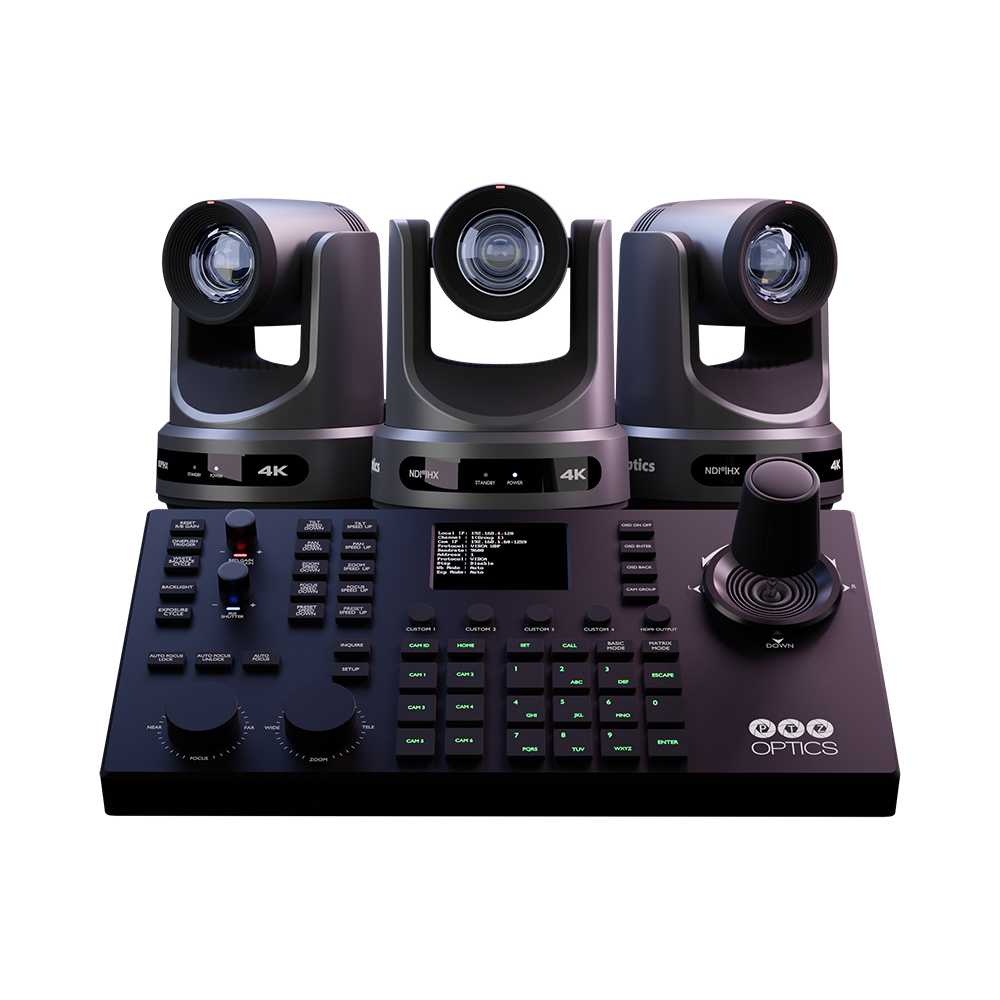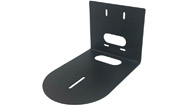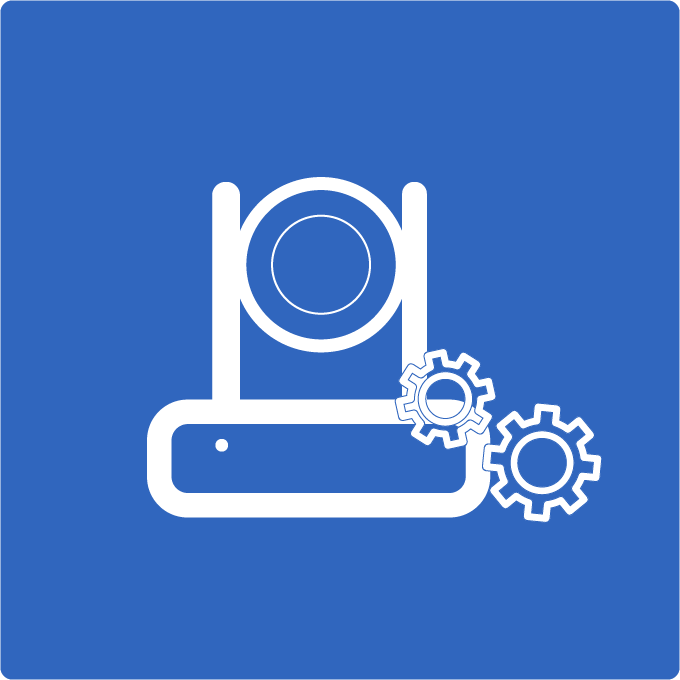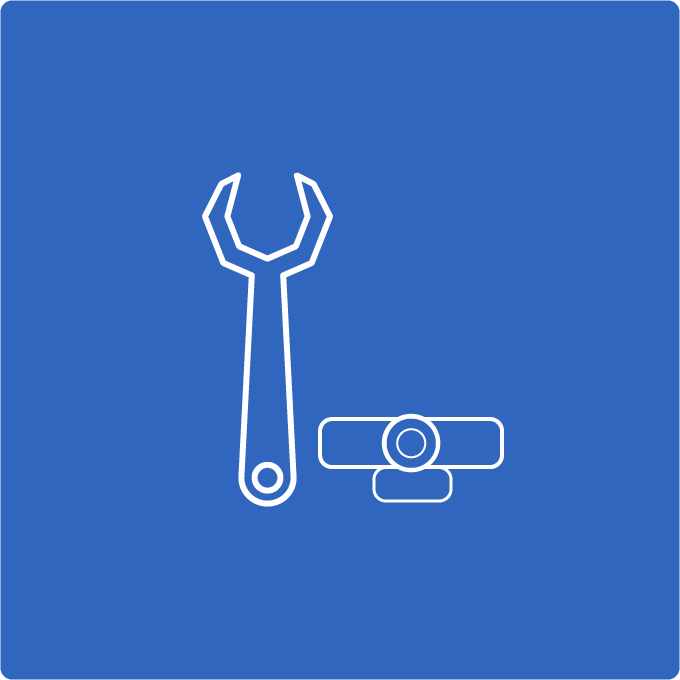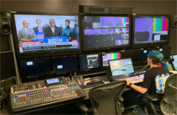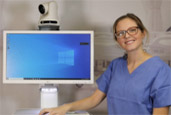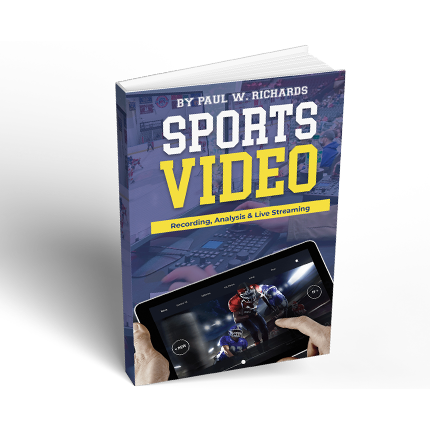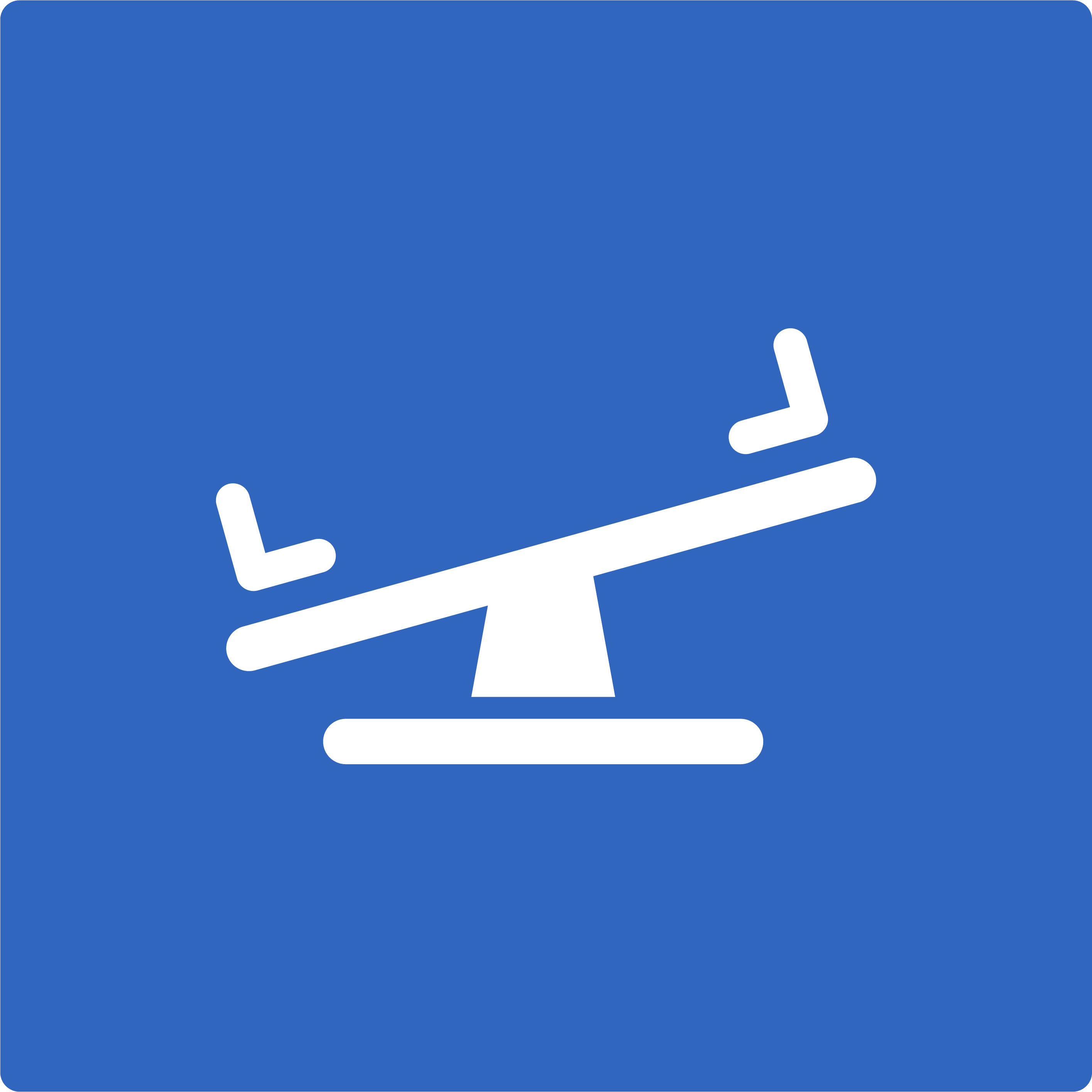Football Camera Placement Guide
Essential Camera Positions for Football Broadcasts—from High School to the NFL
Football is one of the most dynamic sports to film. Whether you’re live streaming a high school game or producing a multi-camera college or pro broadcast, camera placement is key to capturing the action. This guide will walk you through the most common football camera positions, what they’re used for, and how to place them for the best results.
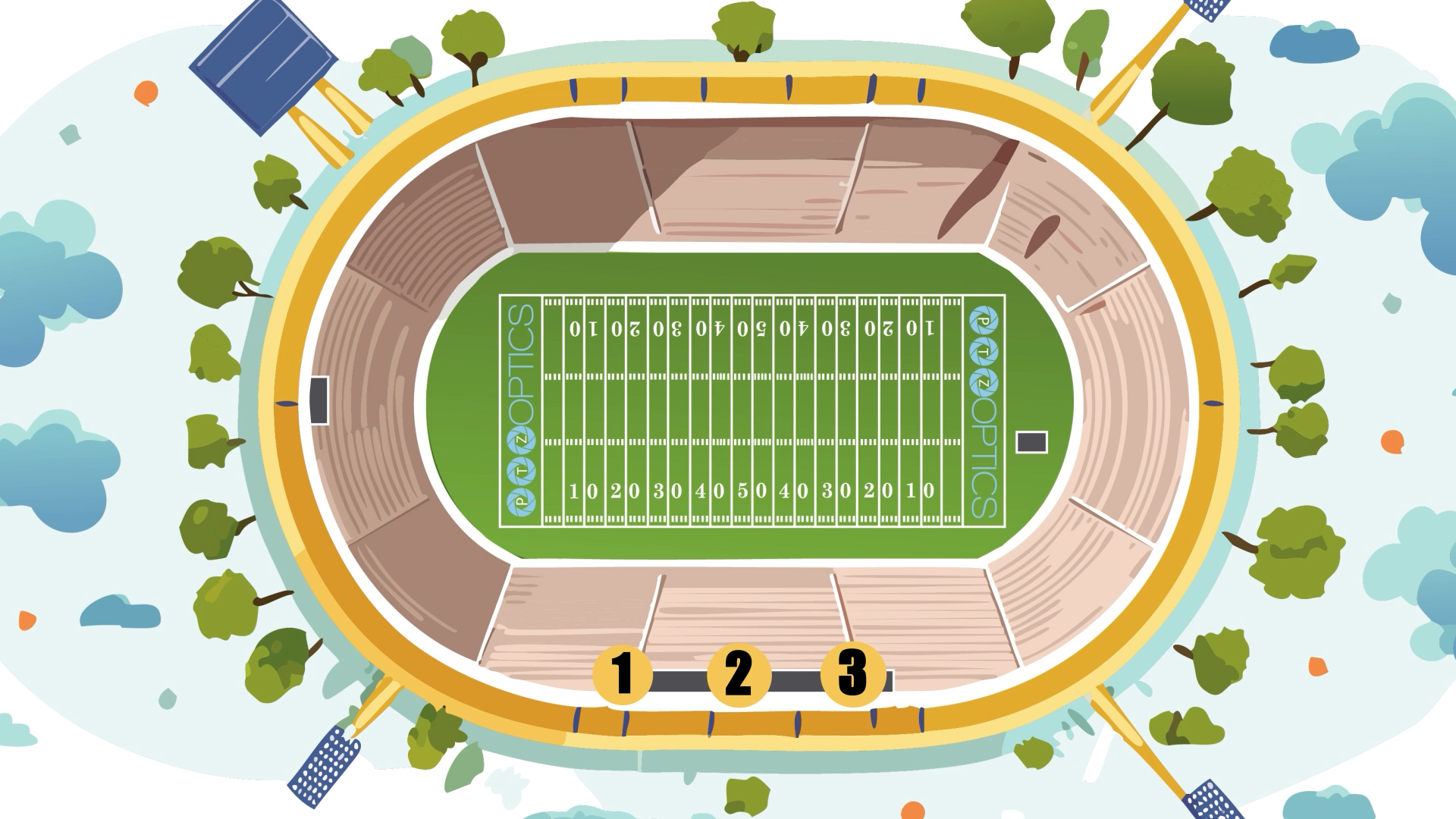
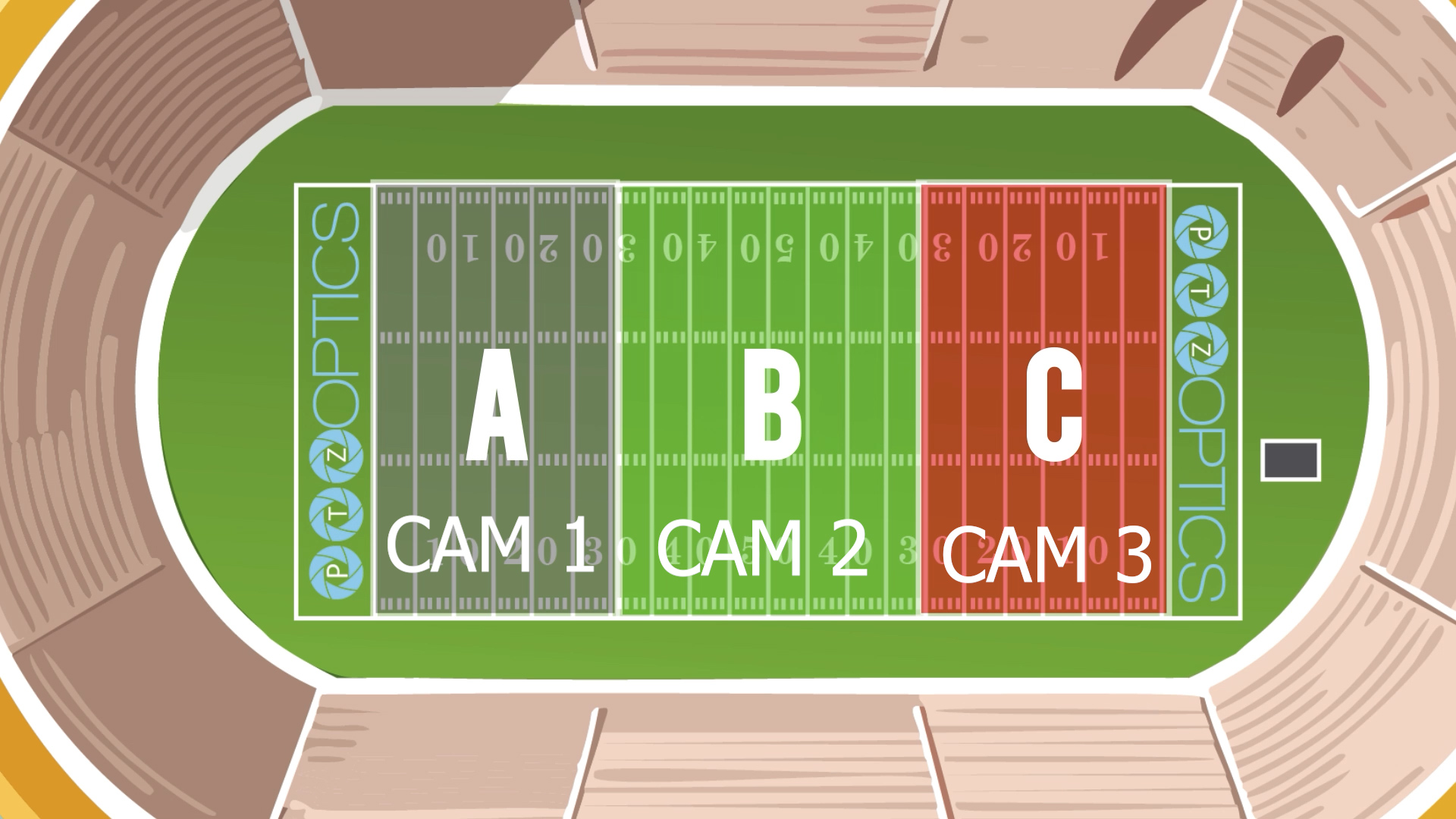

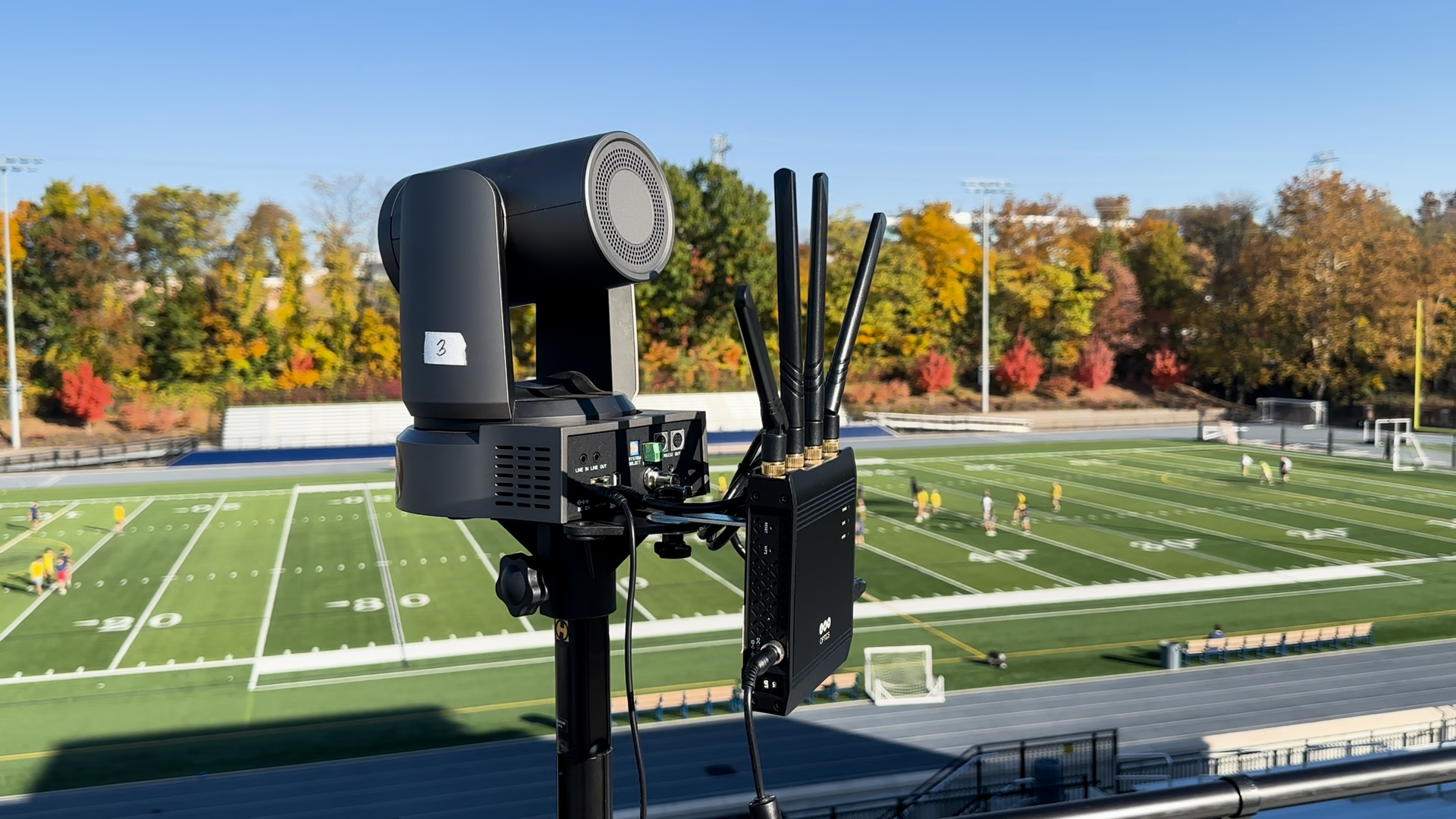
Camera 1, 2 & 3 – The “Up” Game Cameras
Where to Place Them:
-
Camera 1: Left 25-yard line
-
Camera 2: 50-yard line (center)
-
Camera 3: Right 25-yard line
📌 Pro Tip: Divide the field into three zones (A, B, C). Each camera covers the zone closest to it as the play moves across the field. These cameras give you the classic wide shot of the action and switch roles depending on where the line of scrimmage is.
Camera 4 – High Endzone
This is one of the most important cameras for coaches and referees located high above the field.
Where to Place Them:
Choose a large tripod and place it behind the endzone in the center. This camera gives a top-down view from behind the goalpost. This camera is essential for replays, telestration, and goal-line analysis. It’s also your primary angle for field goals.
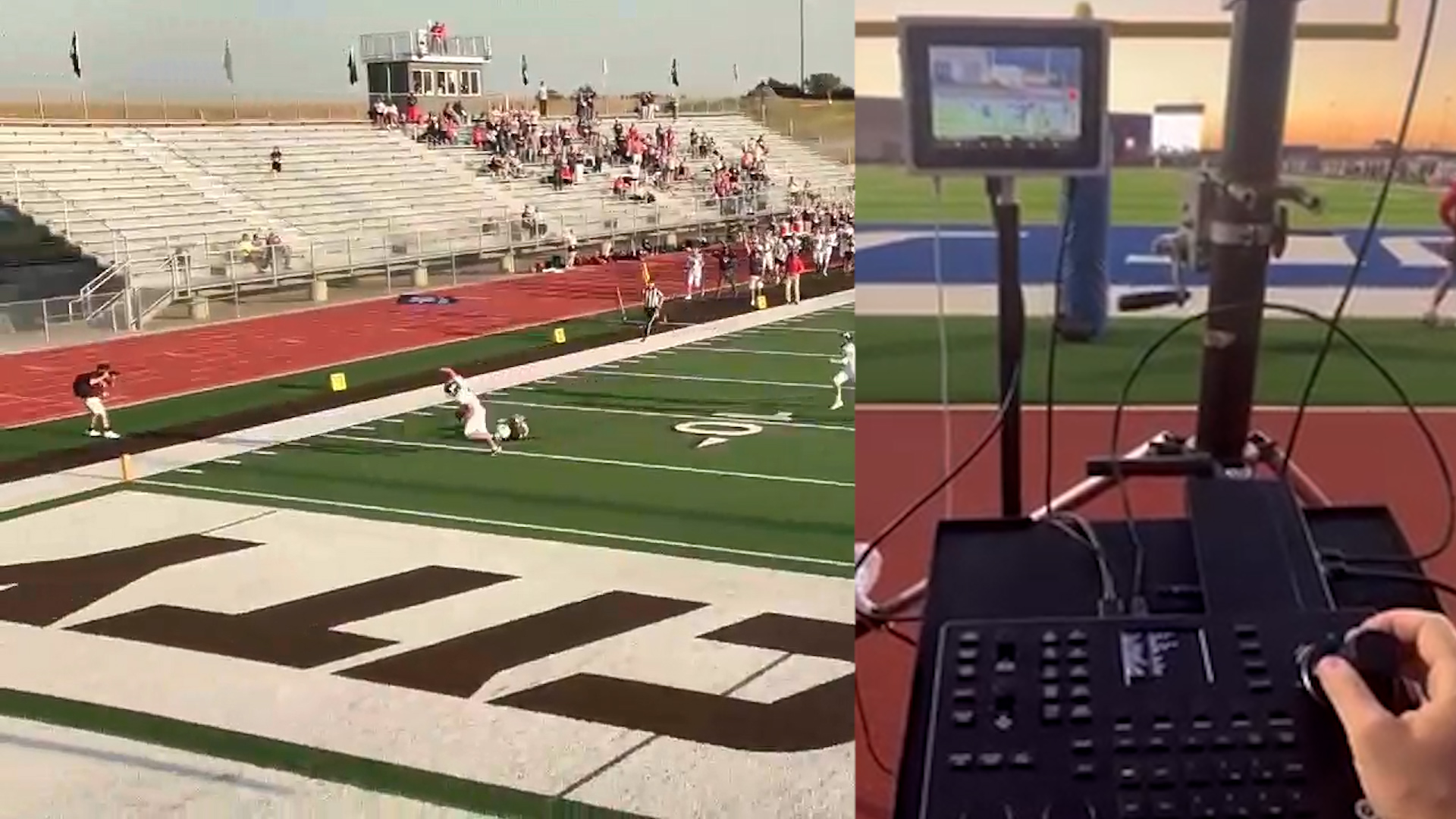
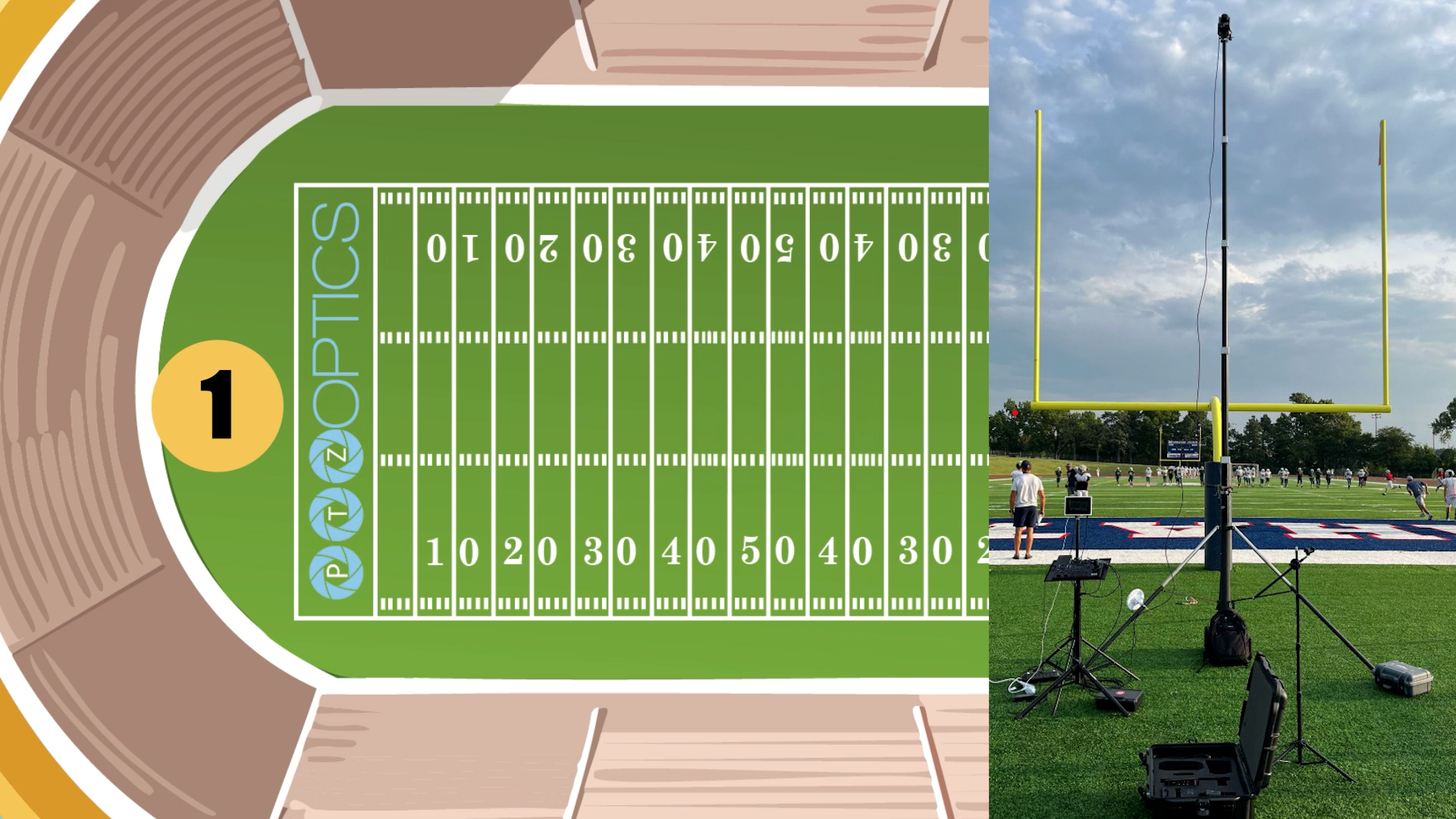
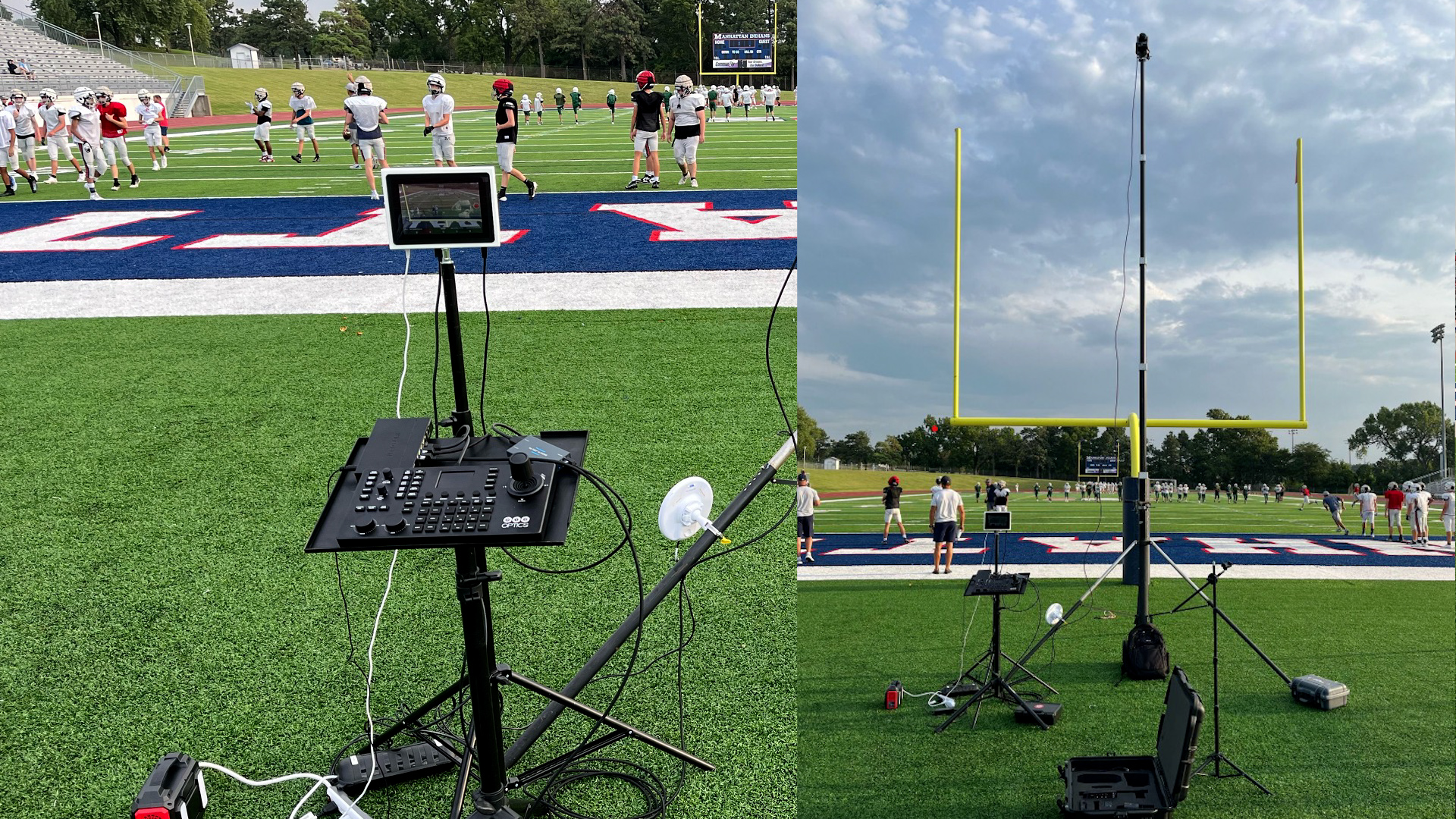

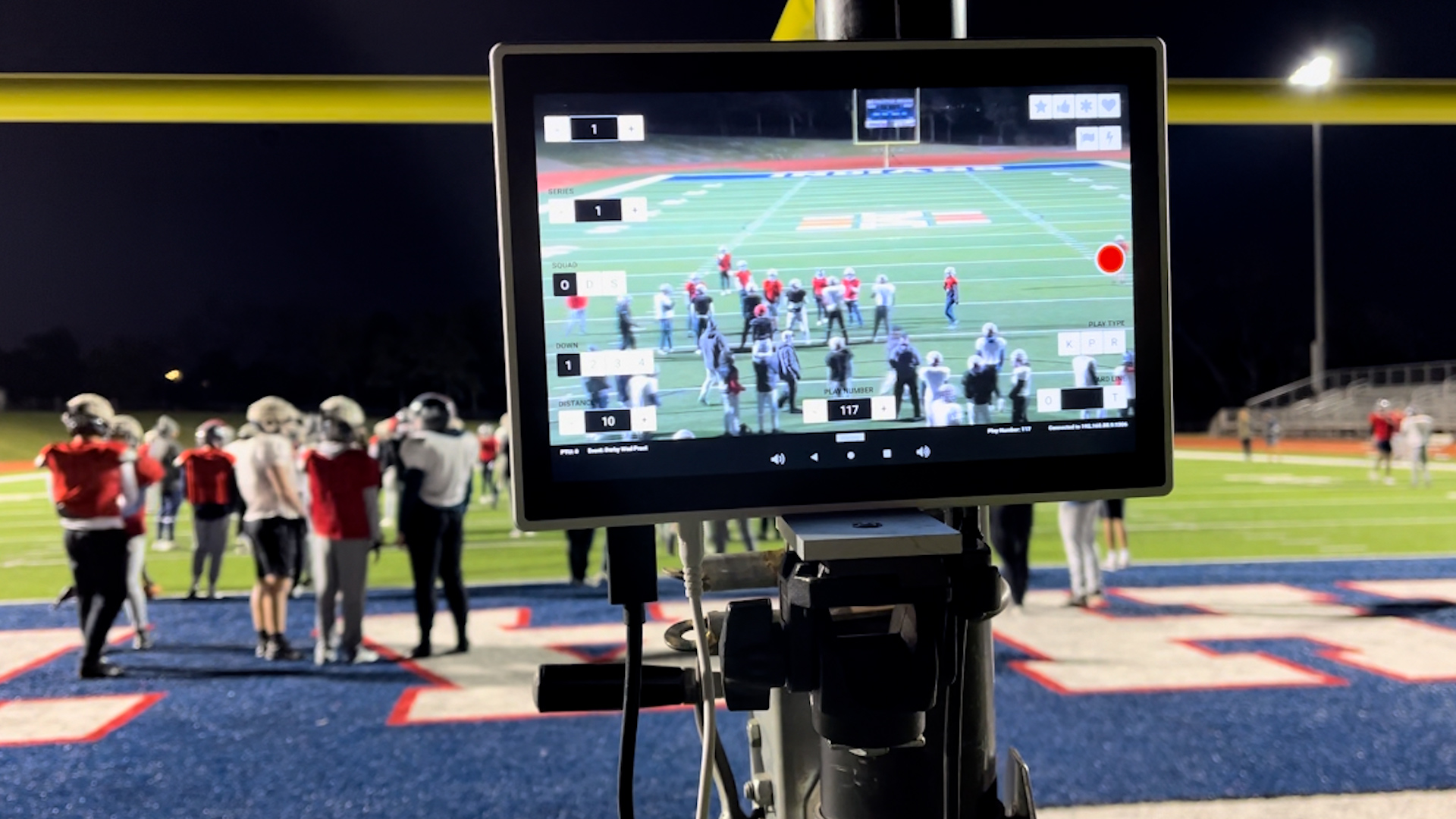
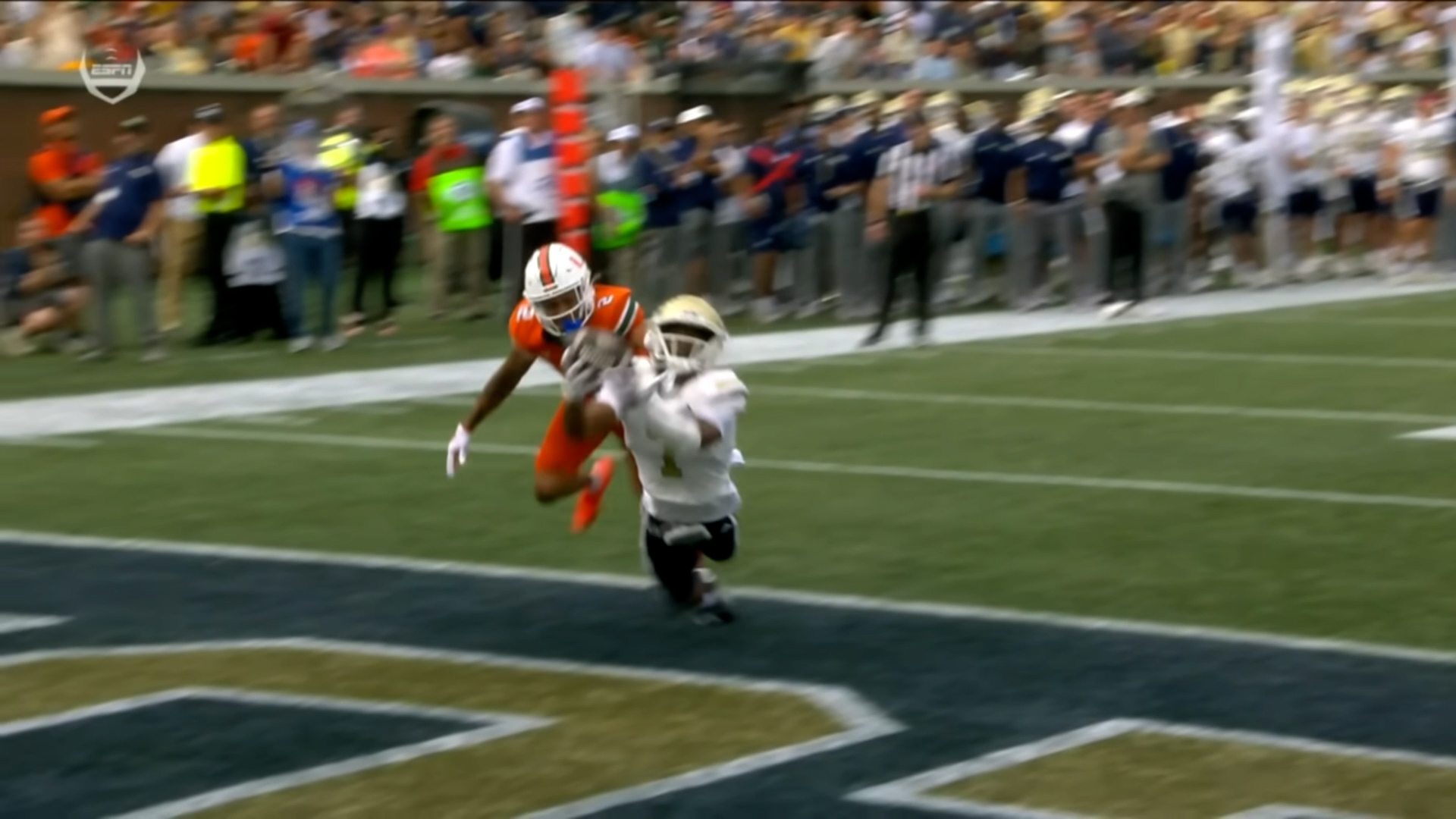
Camera 5 – Low Endzone
This camera adds drama with tight, creative shots of game action.
Where to Place It:
-
Opposite side of the field from Camera 4
-
On a tall tripod or field-level platform near the endzone
-
Aligned with the nearside hash marks
This operator gets tight shots of the play, sideline drama, and hero moments after touchdowns.
Camera 6 – Quarterback Cam
Focused almost entirely on the quarterback, this camera gives a personal, up-close perspective.
Where to Place It:
-
On a motorized cart behind the bench area (if available)
-
Or use two corner-mounted cameras if a cart isn’t available
-
Move with the line of scrimmage or position on the goal line in red zone plays
Stick with the quarterback before, during, and after plays. Great for replays, reaction shots, and late hits.
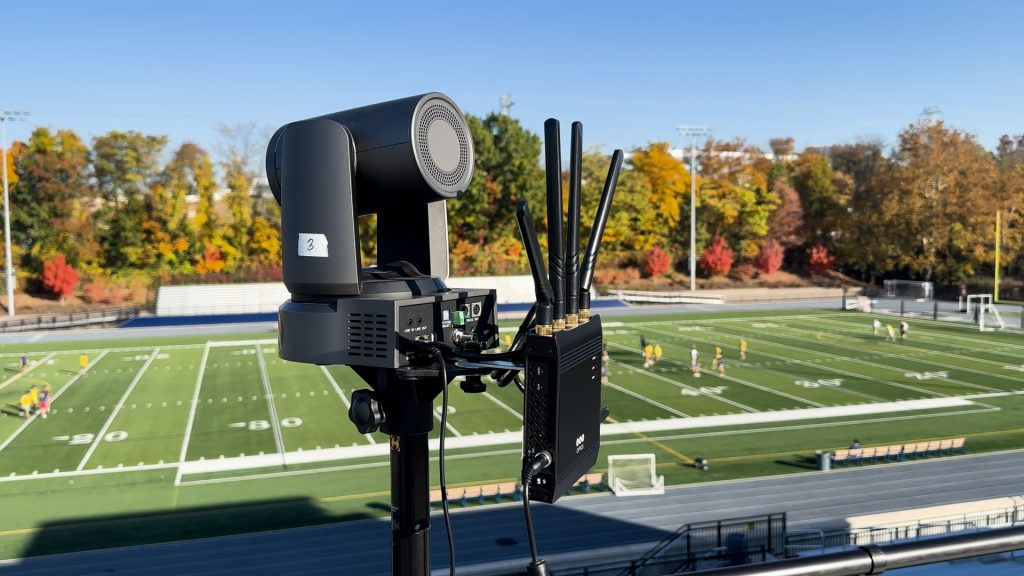
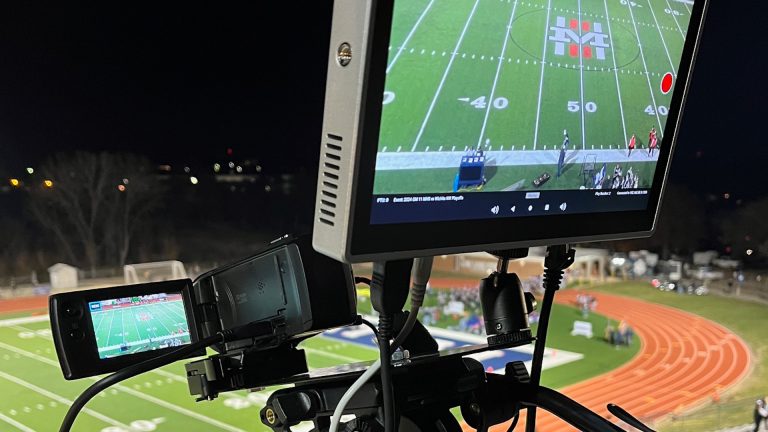

Other Camera Options
Booth Camera
-
Set up in the press box to capture on-air talent
-
Used for intros, commentary, and transitions
Beauty Cam
-
Wide shot of the stadium or skyline
-
Great for transitions and background graphics
Hero Cam (Optional)
-
Positioned near the endzone for player celebrations
-
Used on the jumbotron and during replays
Specialty Cams
-
Jib cameras for crowd sweeping shots
-
SkyCam or Spidercam for aerial action (typically for large pro broadcasts)
Video Review Cameras – For Coaches, Refs, and Replay
Up to this point, we’ve focused on cameras used for the live broadcast. But behind the scenes, most serious football programs also run a separate video review system—designed specifically for coaches, referees, and analysts to review plays in real time or after the game.
Unlike broadcast cameras that follow the ball and zoom in on key players, review cameras are built for maximum field coverage. They prioritize wide, stable shots that allow coaches and refs to zoom in digitally using wireless tablets like iPads.
These systems are essential for:
-
Coach review & game planning
-
Referee decision-making on close calls
-
Time-specific rulings and replays
-
Sideline and press box analysis
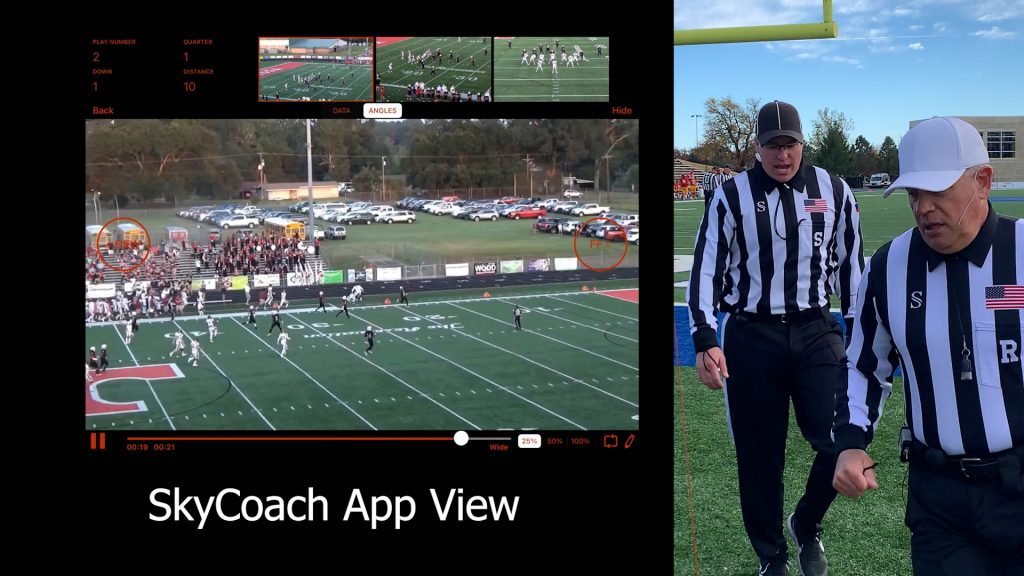
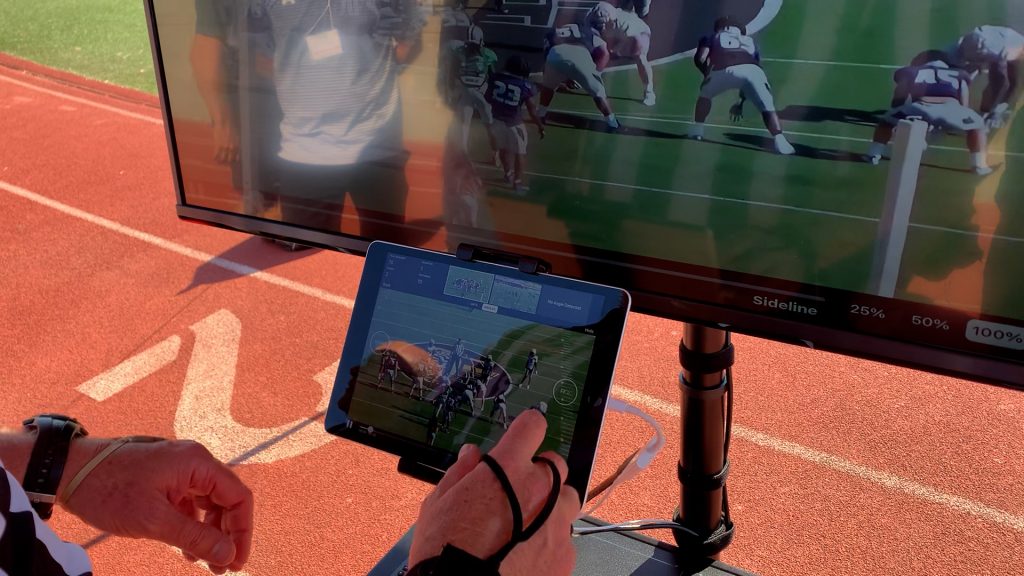

Wireless Instant Replay at West Chester University Football
Bring professional-level video workflows to your football program with wireless instant replay, end zone camera coverage, and seamless live streaming.
Our solutions combine PTZOptics cameras, SkyCoach replay technology, and YoloBox live streaming systems to deliver powerful, easy-to-use tools for coaches, players, and referees — all designed for the fast pace of the game.
Take Your Football Broadcast to the Next Level
Setting up a football broadcast takes planning, but once you understand which cameras go where, you’ll be on your way to a professional-looking production. Start with a few core angles, and scale up based on your gear and crew.
Want to learn more about filming football and other sports?
Download the book Sports Video, which includes a complete training course on live sports production, analytics, and streaming.

